Description
honda disc brakes
Honda disc brakes are a crucial component of the braking system found in many Honda vehicles. Disc brakes offer several advantages over traditional drum brakes, including better performance, heat dissipation, and reliability. Here’s a detailed overview:
Components of Honda Disc Brakes
- Brake Rotor:
- The disc itself that the brake pads clamp onto to create friction and slow down the vehicle. Rotors come in various sizes and designs, including vented and slotted options for improved cooling and performance.
- Brake Caliper:
- The housing that holds the brake pads and contains the hydraulic piston(s) that press the pads against the rotor when the brake pedal is pressed. Calipers can be either fixed or floating.
- Brake Pads:
- Friction material that makes contact with the rotor to create stopping power. They come in various compounds, affecting performance, wear, and noise levels.
- Brake Lines:
- Hydraulic lines that carry brake fluid from the master cylinder to the calipers. Properly functioning brake lines are essential for effective braking.
- Brake Fluid:
- A hydraulic fluid that transmits force from the brake pedal to the calipers. It’s crucial to use the correct type of brake fluid specified by Honda.
Types of Disc Brakes
- Vented Disc Brakes:
- These have a ventilation channel between two disc surfaces, helping to dissipate heat. They are commonly found in performance-oriented vehicles like the Honda Civic Type R.
- Slotted and Drilled Rotors:
- Slotted rotors feature grooves that help reduce brake fade and improve performance in wet conditions. Drilled rotors have holes that help with heat dissipation. Both options are popular upgrades for performance enthusiasts.
- Ceramic vs. Semi-Metallic Pads:
- Ceramic pads offer quieter operation and less dust but may not perform as well under extreme conditions. Semi-metallic pads provide better stopping power but may produce more noise and dust.
Benefits of Disc Brakes
- Improved Stopping Power: Disc brakes provide more consistent braking performance, especially under heavy use.
- Better Heat Dissipation: The design of disc brakes allows for better cooling, reducing the risk of brake fade.
- Durability: Disc brakes generally have a longer lifespan compared to drum brakes, leading to lower maintenance costs.
- Ease of Maintenance: Disc brakes are easier to inspect and replace than drum brakes.
Common Honda Models with Disc Brake
- Honda Civic: Most modern Civics feature disc brakes on both the front and rear, with performance models like the Civic Type R utilizing upgraded systems.
- Honda Accord: The Accord typically comes with disc brakes on all four corners, offering good performance for a mid-size sedan.
- Honda CR-V: This compact SUV is equipped with disc brakes, providing reliable stopping power in a family-oriented vehicle.
- Honda Fit: The Fit utilizes disc brakes for better handling and braking performance in a small hatchback.
Conclusion
Honda disc brakes are a key feature that enhances the safety and performance of Honda vehicles. Whether you’re looking for standard replacements or high-performance upgrades, understanding the components and options available can help you make informed decisions for your vehicle.



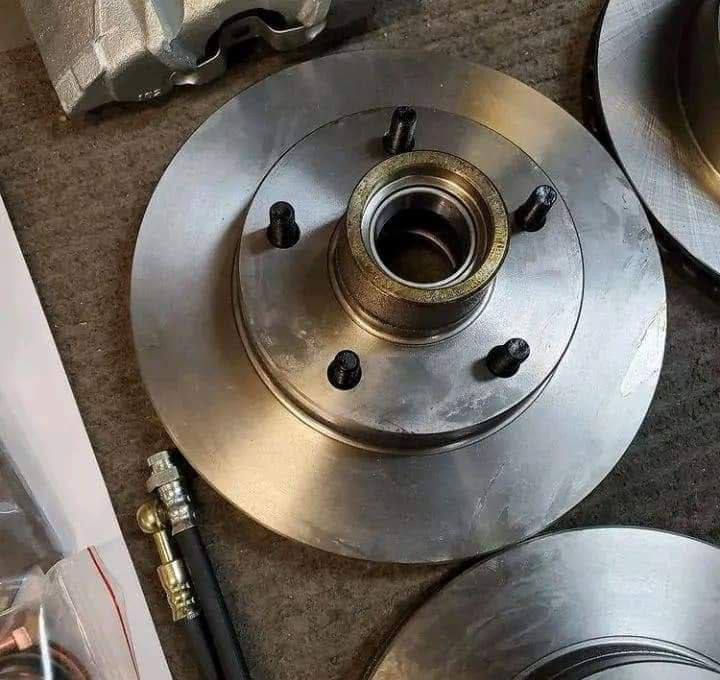
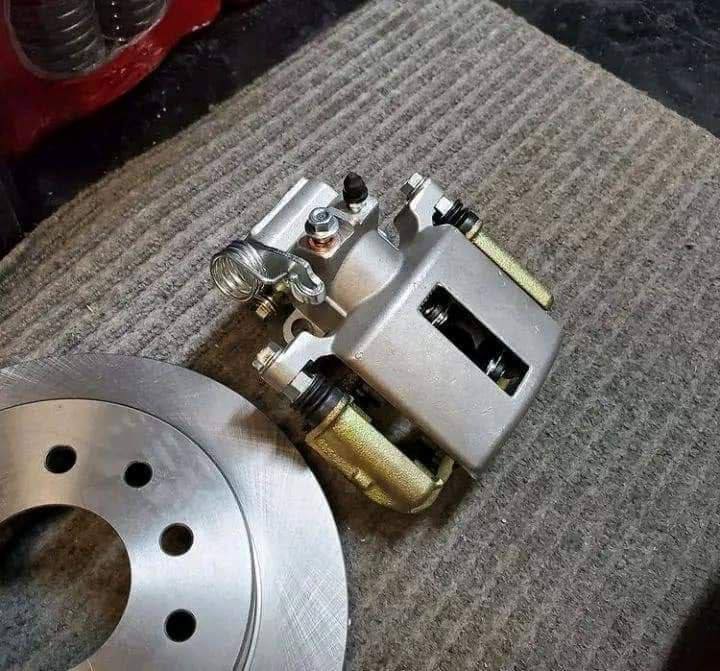
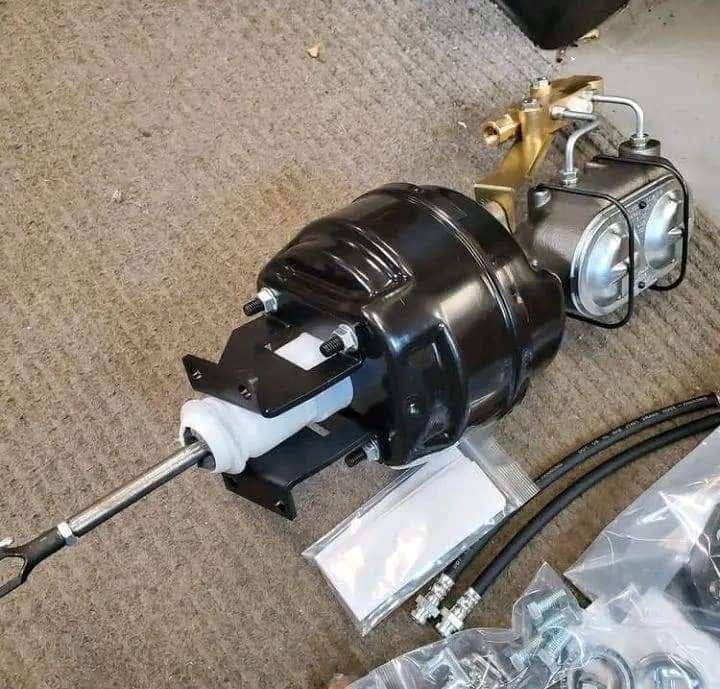
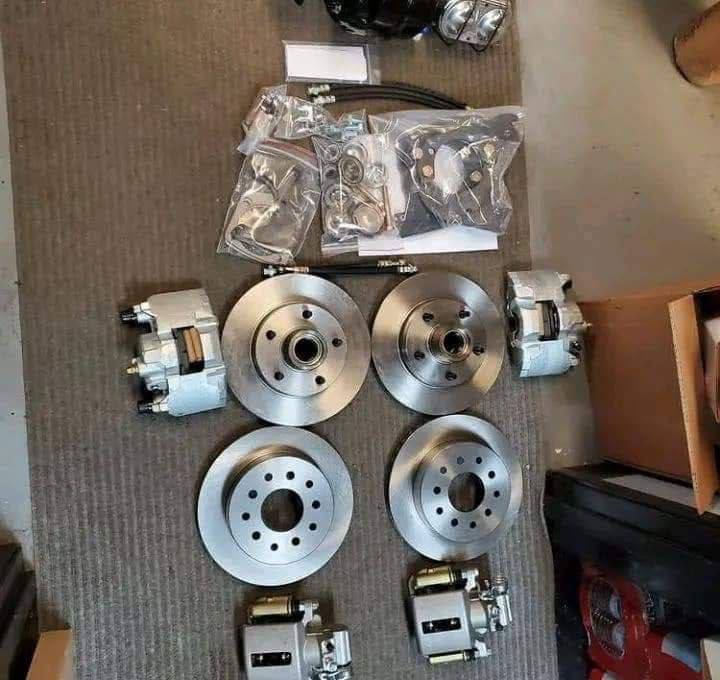
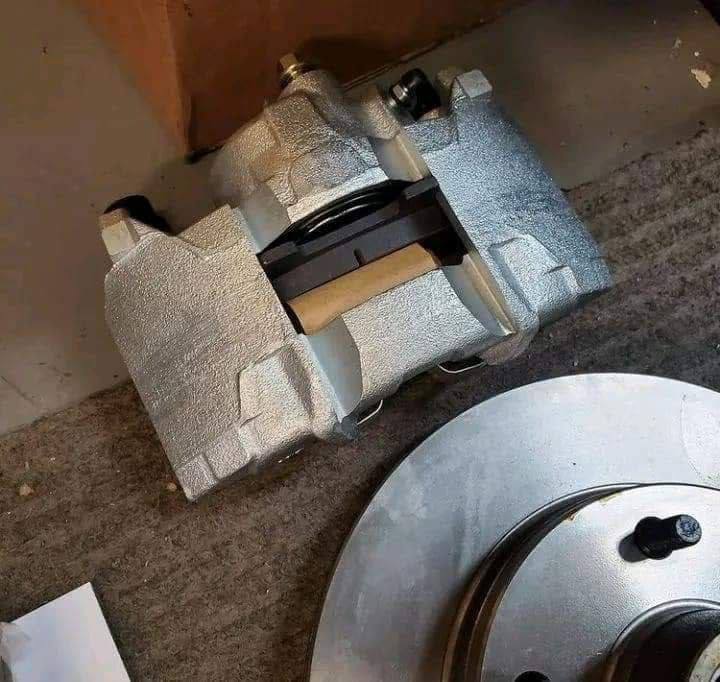
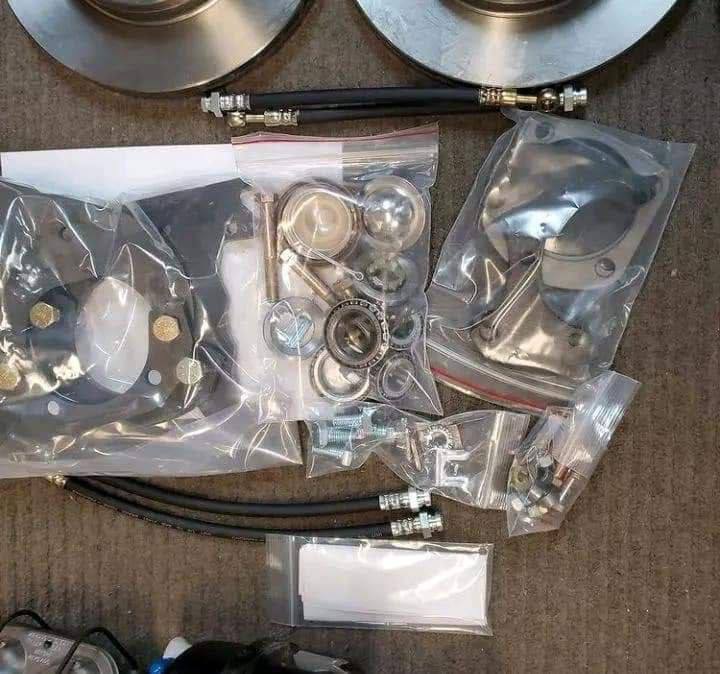

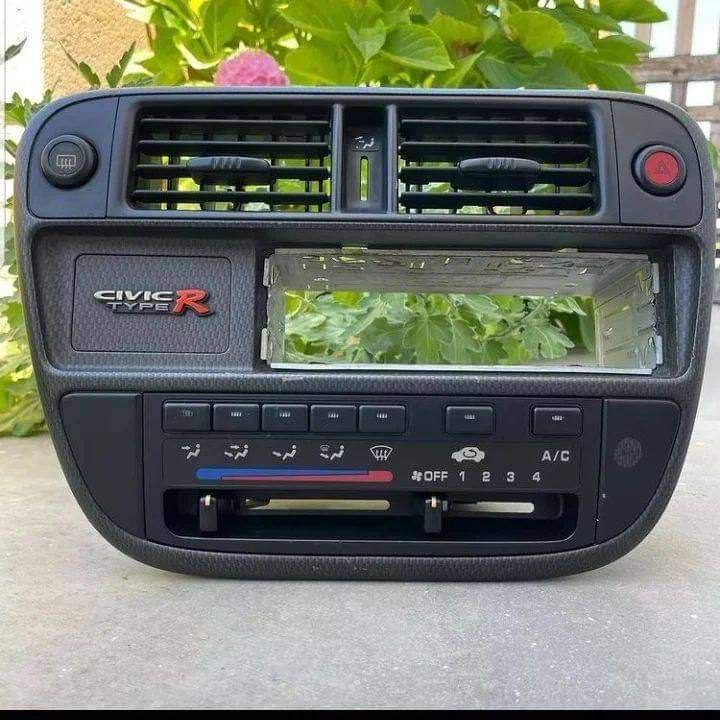

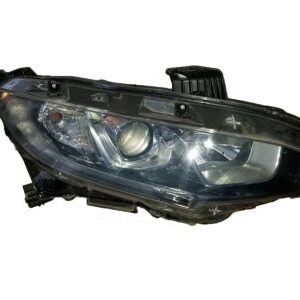
Reviews
There are no reviews yet.